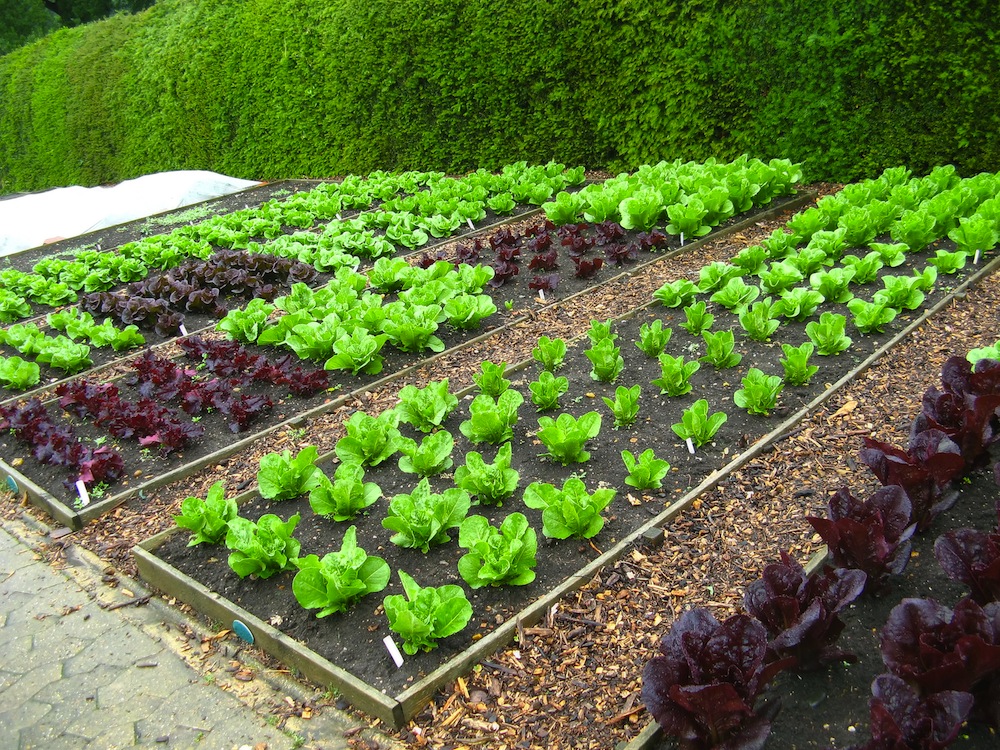
Our article will teach you how to properly care for vegetable crops, so that in the fall they please you with a rich harvest.
The content of the article
- Planting in the ground
- Types of top dressing of vegetables
- How and what to feed vegetables correctly?
- Weeding vegetables
- How to understand that plants lack moisture?
- How to water cucumbers?
- How to water tomatoes?
- How to water cabbage?
- How to water carrots and beets?
- Video: How to fertilize tomatoes, feeding tomatoes?
- A rich harvest is the goal of any gardener - gardener. But sometimes because of the time of time or simply, out of ignorance, people plant plants in the soil and simply forget about them. Most often, such behavior leads to the fact that nothing grows on the garden
- Indeed, in order for the vegetables to develop correctly and fruit well, they must be regularly watered, fed and plundered. It is also very important to adhere to the basic rules for alternating vegetable crops in the garden
- If you do not correctly plan a crop rotation, then with a high probability we can say that your work may be in vain. Therefore, it will be better if you do not be lazy, but try to regularly pay attention to your summer cottage. How to properly care for a home garden, we will figure out this article
Planting in the ground
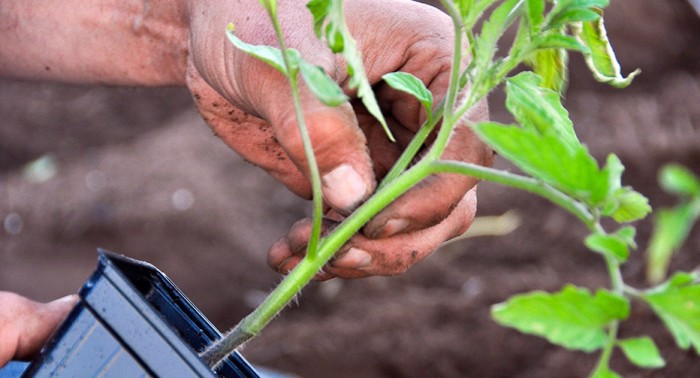
Features of plant planting in open ground
- Plant transplantation from greenhouses to open ground quite often leads to the fact that they are sick for a while. And most often this is connected not only with stress, but also with a non -correct processor of the transfer of seedlings to the garden
- After all, even if the very beautiful and healthy plant is transplanted into unprepared soil, it will begin to turn yellow and hurt. Therefore, it will be better if a couple of weeks before the main work you will carry out thorough tillage. First you need to dig up the soil as correctly as possible and loosen
- But in order for the fertile layer to be most well preserved, the depth of intake should not exceed 20-30 centimeters. After you can cope with this task, you can proceed to disinfecting the soil. For this, the site can be treated with a solution of copper sulfate
- If you are a supporter of completely natural vegetables, then a year before planting certain plants in the ground, grow disinfectors on them. Such plants include garlic, onion and parsley
- They are good enough predecessors Almost all root crops and friendly neighbors for greenery and petty. At the last stage, put up the soil with peat, humus or green fertilizers and dig and flatter again
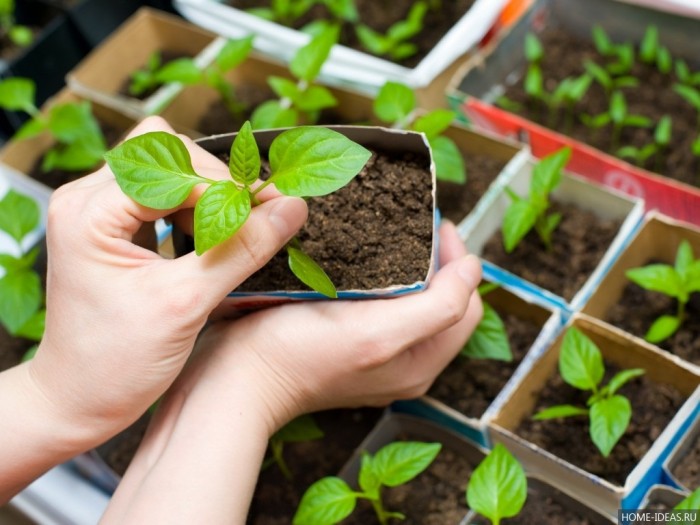
Simple recommendations for planting plants in the ground
Recommendations for planting seedlings in the soil:
- Seedlings in peat pots and tablets. Such plants are easily planted in the ground. To do this, it will be necessary to dig a hole in a certain depth, lower the culture into it directly with a peat glass, fill everything with soil, compact and pour abundantly
- Seedlings in cardboard or plastic cups. In this case, for a start, it will be necessary to carefully cut the cup (in this case, it is necessary to constantly monitor so that the earthen lump is not violated) and only then the plant can be planted in the hole and watered
- Seedlings from cassettes. In this case, the plant must be removed with a special garden spatula of a small size. It will need to be carefully inserted into the ground and dig a plant from four sides. When you understand that its root system is moving freely, it may take it out and transfer it to a pre -prepared hole
Types of top dressing of vegetables
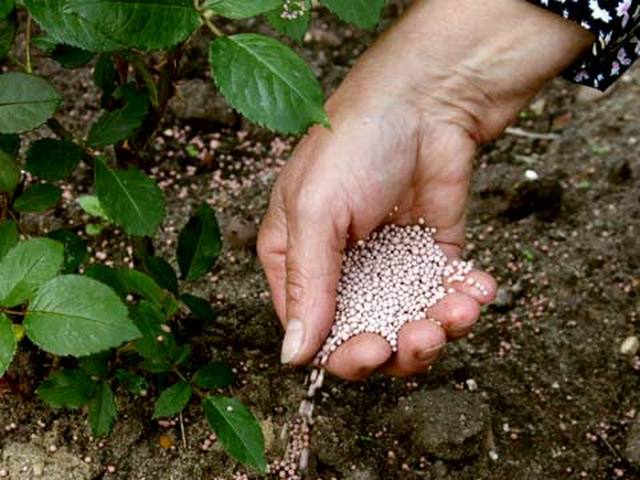
Summer top dressing
- Any professional gardener knows that even the most fertile soil should be fertilized periodically. If this is not done, then the soil to lose all its useful composition and you will not have to talk about a good harvest
- This is due to the fact that all vegetables without exception take a certain list of nutrients from the Earth. Therefore, after some time, the quality of the soil inevitably deteriorates, and it becomes quite lifeless. If you think that you can restore its condition only with the right crop rotation, then you are deeply mistaken
- After all, even if vegetables with low consumption of nutrients are planted in the garden, they will still deplete the soil. The only way out of the situation is the regular introduction of special top dressing

Types of top dressing of vegetables
Types of top dressing for vegetable crops:
- Manure. It quickly accelerates the growth and development of plants, but is suitable for use exclusively on light soils. It is best to make such top dressing at the stage of intake
- Dung Loga. Contains a lot of potassium and nitrogen in its composition, which are absorbed by almost all vegetable crops without any problems
- Compost. You can use absolutely all plants for feeding. It can be introduced to areas with any type of soil
- Litter of birds. Refers to organic nitrogen fertilizers. It is well enough to be transferred to all vegetables, but it cannot be used in its purest form. Before making top dressing in the soil, it must be diluted with water and insisted for several days
- Eggshell. It is the best source of calcium. The shell is simply crushed, introduced into the soil and sprinkled. It is considered an ideal remedy for acidic soils
- Infusions of plants. This type of green top dressing is ideally tolerated by adult plants. It can be brought into the ground and sprayed by adult cultures
- Selitra. Contains nitrogen in its composition, which maintains plant immunity in normal condition. It is very important not to exceed the dose of such a fertilizer. If there is a cross -out of the nitrate in the soil, then this can lead to painful vegetables
- Superphosphate. Helps plants easier to endure temperature changes. Most often used in regions with cool climate. It is desirable to make such fertilizer before seedlings are planted in the ground
How and what to feed vegetables correctly?
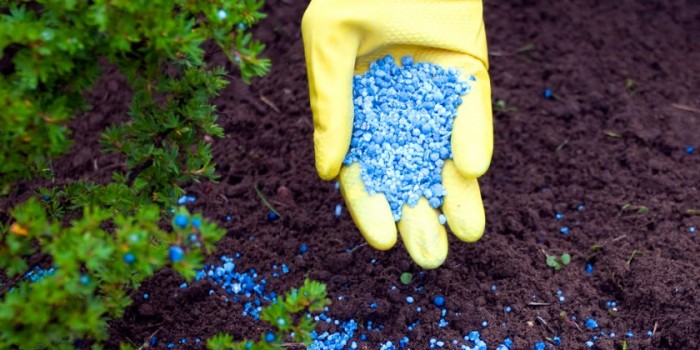
Rules for feeding vegetables
- If you really want your vegetables to be large, tasty and crispy, then be sure to feed the top several times a season. But this must be done carefully enough. If you do it at the wrong time or simply overdo it with the amount of organics, then it is quite likely to harm the plant
- So that this does not happen to make nutrients in certain periods. In this case, one should not adhere to any specific time framework or table recommendations. If you are attentive, then in the appearance of plants you will understand when it is best to make fertilizers under them
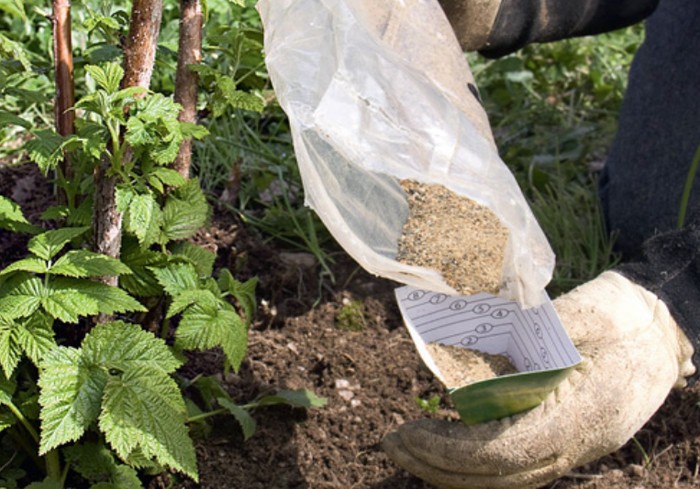
Feeding vegetables in open ground
Signs of a lack of nutrients:
- The leaves begin to lightly light and eventually become bright yellow. If you notice such a change, then it is time to make fertilizers containing iron into the soil
- If the yellow color appears at the bottom of the stem and gradually rises up (and the leaves of the plant turn yellow at the edges), then this indicates a lack of manganese soil
- If you notice that the vegetable culture began to turn yellow, then they lack nitrogenous compounds
- If, in addition to the general yellowness, the plants on the leaves also appear red-violet spots, then this is evidence that there is no magnesium in the soil
- Poor growth and development tomato, peppers and potatoes He says that they lack zinc. In this case, the culture will sit with a socket and it will not develop internodes
- A bad feature is the death of the growth point and lethargy of the top of the plant. This indicates that there is not enough boron in the soil
Weeding vegetables
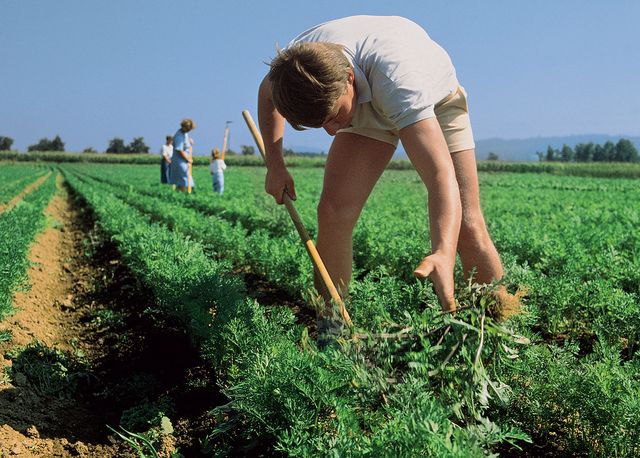
Rules for weeding vegetables
- With the advent of this heat, plants begin to intensively increase in size and bloom. But together with them, all kinds of weeds are also growing, which, with certain sizes, begin to interfere with the normal development of vegetable crops
- Therefore, it is extremely important not to allow weeds to grow large and, if possible, remove them from the soil until they began to bloom. So you can save your plants from a hostile neighbor and prevent him from breeding. It is best to remove weeds in dry weather.
- Only in this way can you be sure that they will dry very quickly and not take root again. In rainy times, you cannot achieve such a result, since high temperature and high humidity will contribute to the fact that weeds will grow quickly enough again. Fighting unwanted vegetation is best mechanically.
- Of course, such a process will take you a lot of time and effort, but so you can be sure that your vegetables will really grow truly useful.
- Herbicidal substances can only be used if mechanical weeding does not give the necessary results or you do not have the opportunity to engage in your garden every day
How to understand that plants lack moisture?
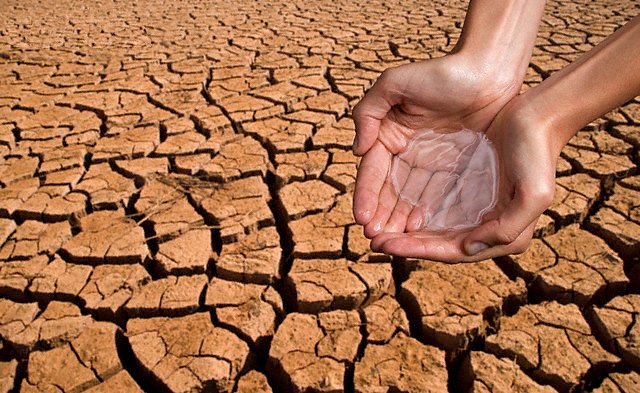
We carry out the soil moisture test
- If you think that if you pour into cucumbers, tomatoes or carrots several liters of water and help them with this, you are very mistaken. Regular, but not very plentiful watering practically does not have any effect on the development and fruiting of vegetable crops
- Indeed, in order for the plant to obtain the right amount of fluid, it is necessary that the deep layers of the soil are wet. Therefore, it will be better if, instead of several surface watering, you will carry out one deep.
- With such watering, moisture goes into the soil by 20-25 centimeters. But do not rush to water vegetables, even if you notice that their leaves have been tied a little. If the temperature indicators go off the way, then the plants can be very sluggish even with a normal amount of moisture
- Therefore, before filling the bed with water, take a garden shovel and dig the soil as close as possible at the roots. If a dense ball manages from the resulting land, it means that you do not need to water the plants. If a lump is crumbling or, in general, does not sculpt, then be sure to carry out abundant watering.
How to water cucumbers?

Rules for watering cucumbers
- Since cucumbers came to us from hot and sultry India, in order for them to give a good harvest for them to create tropical conditions. And if this can be done quite simply in the greenhouse, then in the open ground the key to a good harvest will be extremely correct watering. Water for this must be used as warm as possible
- This does not mean that you will constantly have to warm it. There will be enough room temperature. To do this, you will need to type containers with water in the morning and leave them in the sun for the whole day
- Toward evening, the liquid warms up as much as possible, and you can start moisturizing the soil. If it is dry and hot weather, then this procedure will need to be carried out every day. Moreover, in this case, you can water everything and the ground, stems, and leaves
- The optimal time to moisturize the soil is the evening time. Try to carry out this procedure after 18 hours local time. At this time, the sun will reduce its activity, which means that moisture will have time to absorb into the soil and will not evaporate
How to water tomatoes?

Rules for watering tomatoes
- Tomatoes in our country are growing absolutely all gardeners. They love this vegetable for unpretentiousness in care and good enough taste. Best tomatoes grow in open ground
- Indeed, for their proper development, wet soil and dry air are needed. Therefore, it is best to plant them on a sunny, non -spoke area and, of course, waterly water. In the case of tomatoes, we are not talking about everyday watering
- These plants are able to use moisture correctly. If the summer is not very dry, then it is likely that you can water them once every 4-6 days. But this does not mean that tomatoes require little fluid. The optimal amount is 10 liters of fluid per 1 meter of area
- It is extremely important tomatoes as well as cucumbers to receive the right amount of moisture, therefore, although watering is rarely carried out, it should be quite plentiful
How to water cabbage?
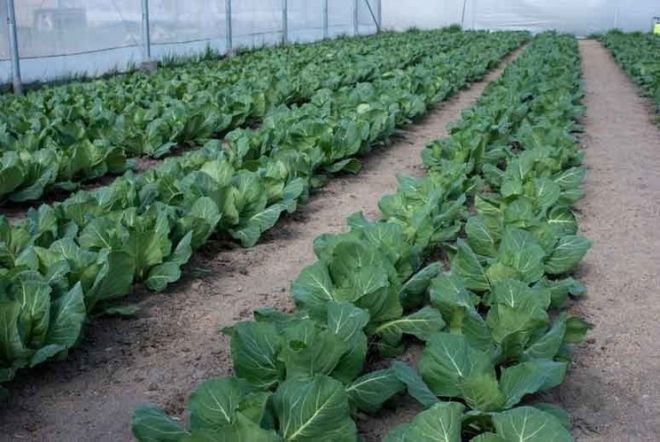
Proper watering of cabbage
- Cabbage can be called the most moisture vegetable. This culture begins to moisturize at the stage of growing seedlings. In order for it to sprout quickly and give good seedlings the soil, into which its seeds will be sown, is moistened for 4 days
- When the seedlings appear, the cabbage needs to be sprayed with water, in which a special vitamin composition is dissolved. After this vegetable falls into the ground, it must be watered even more abundantly. You need to do this in the evening and preferably warm water
- In the first month after landing in the soil, seedlings need to be watered every three days. This can only be done only if a lot of precipitation falls during this period. After the cabbage is rooted and the watering will begin to develop intensively once every 7-10 days
How to water carrots and beets?
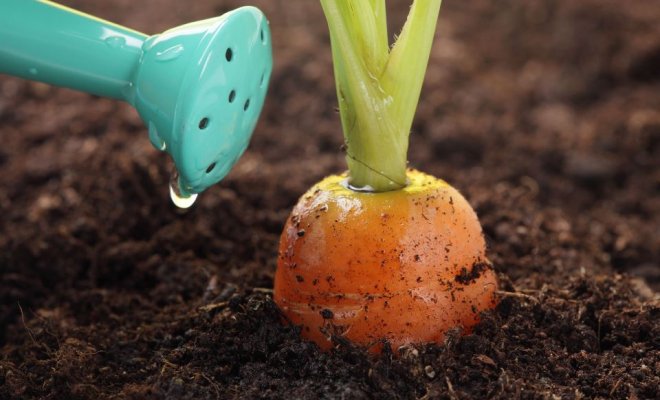
Proper watering of root crops
- Carrots and beets, like any other vegetables, cannot develop correctly if they do not have enough moisture. If they feel a lack of water, then this can not only worsen the taste of root crops, but also lead to their death
- Therefore, if you noticed that the leaves of these plants began to wither and light, then be sure to begin to water them abundantly. In the dry summer, watering carrots and beets must be at least once every 3 days. If the summer is rainy, then you can do this once a week
- Just keep in mind one feature. In this case, you definitely cannot do with superficial watering. Since the roots of these plants are quite deep into the soil, it is extremely important that moisture penetrates as deep as possible. Therefore, it will be better if before the watering you will be fed the upper layer and only then water it with warm water
